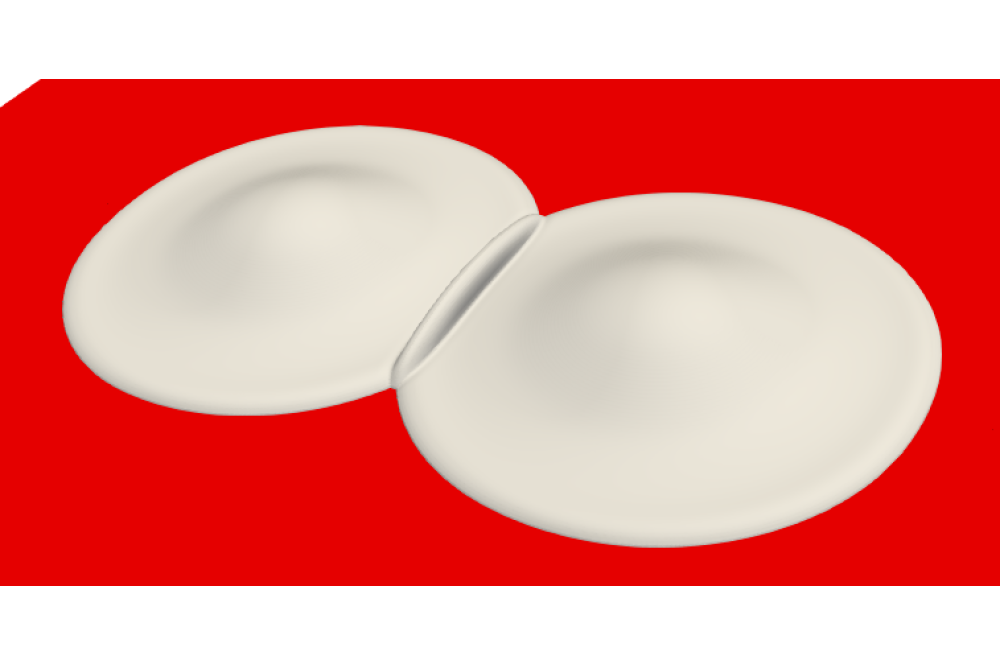Numerical Investigation of Drop Impact, Coalescence and Evaporation on Superheated Surfaces III
Introduction
Spray cooling is a very effective method for cooling of electronic devices. The study of the impact of single and coalescing drops onto a superheated wall contribute to a better understanding of the complex hydrodynamics and heat transfer mechanisms during spray cooling. Special consideration is given to the three-phase contact line, where solid, liquid and vapor meet and high evaporation rates are observed. Accurate calculations of the hydrodynamics and heat transfer require large computational effort.
Methods
The governing equations of the numerical model describe the conservation of mass, momentum and energy for incompressible fluid flow. Heat and mass transfer at the liquid-vapor interface is accounted for in source terms. To track the interface, the volume-of-fluid method is used. A subgrid model accounts for hydrodynamics and heat transport mechanisms on a microscale in the vicinity of the three-phase contact line. The results from this sub-grid model are implemented in the form of correlations in the overall numerical model.
Results
The solver is used to study the occurrence of several rings of high heat flux at the drop footprint during the vertical coalescence of two drops impacting successively onto a smooth, superheated substrate. Furthermore, the hydrodynamics during the horizontal coalescence of two drops impacting onto a smooth substrate under isothermal conditions are studied.
Discussion
During the impingement of a drop onto another drop sitting on a superheated wall several rings of high heat flux are observed at the drop footprint during the spreading phase of the combined
drop. The outermost ring of high heat flux, located at the three-phase contact line, occurs due to strong evaporation in the thin liquid film. By means of simulations the occurrence of the also
experimentally observed inner rings of high heat flux is explained. The impact of the second drop leads to a wavy drop interface and intensive mixing of liquid. As a result, certain regions at the wall are getting cooled stronger than others, resulting in the formation of several rings of high and low heat flux. In the case of the horizontal coalescence under isothermal conditions, the distance between two simultaneous impacting drops and the time-delay between the two drops are varied. A smaller distance between the drops leads to a more pronounced uprising liquid sheet in the region of interaction of the two drops compared to a larger distance between the drops. The non-interacting parts of the liquid rim behave similar to a single drop impact until the end of the receding phase of the single drop impact. The receding phase of the combined drop lasts longer than for the single drop impact since the two individual impinged drops form a combined sessile drop after the impingement process. Regarding the time-delay between the two drops simulations reveal that a short time-delay is favorable for a large wetted area. The same trend is observed for the length of the three-phase contact line, however, not as strong as for the wetted area. The interaction of the drops during the horizontal coalescence results always in a smaller wetted area and a shorter three-phase contact line length compared to the impact of two non-interacting drops.




